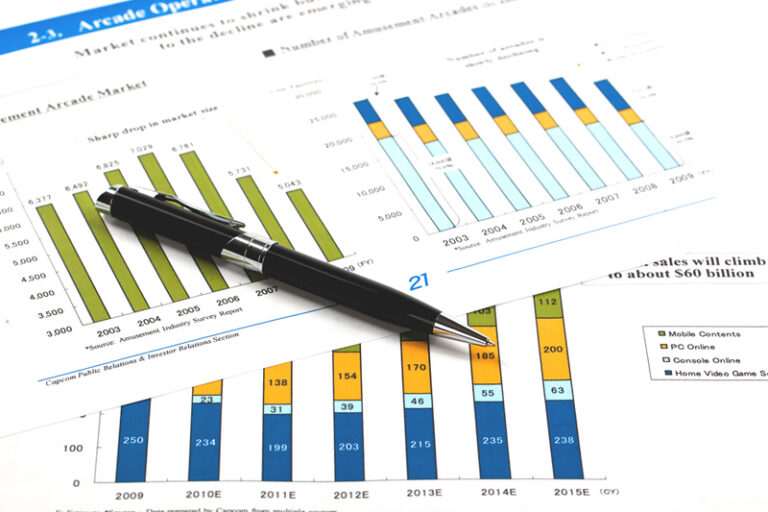
© Reuters. FILE PHOTO: A “For Rent, For Sale” sign is seen outside of a home in Washington, U.S., July 7, 2022. REUTERS/Sarah Silbiger/File Photo
WASHINGTON (Reuters) – U.S. existing home sales increased to a one-year high in February as supply improved, a trend that together with retreating mortgage rates could support activity during the spring selling season.
Home sales jumped 9.5% last month to a seasonally adjusted annual rate of 4.38 million units, the highest level since February 2023, the National Association of Realtors said on Thursday. The monthly increase in sales was also the largest since February 2023. Economists polled by Reuters had forecast home resales would fall to a rate of 3.94 million units.
Home resales are counted at the closing of a contract. The sales in February likely reflected contracts signed in the prior two months. The rebound occurred despite a plunge in pending home sales in January. Housing inventory surged 5.9% to 1.07 million units last month. It was up 10.3% from one year ago.
“Additional housing supply is helping to satisfy market demand,” said Lawrence Yun, the NAR’s chief economist.
Supply is likely to improve further. The government reported on Tuesday that single-family homebuilding increased to nearly a two-year high in February while overall housing completions soared to a level last seen in January 2007.
The average rate on the popular 30-year fixed-rate mortgage has retreated in recent weeks after flirting with the 7% level in late February, according to data from mortgage finance agency Freddie Mac. The Federal Reserve on Wednesday left its policy rate unchanged in the 5.25%-5.50% range, but policymakers indicated they still expected to trim it by three-quarters of a percentage point by the end of the year.
Last month, existing home sales rose in the densely populated South, the Midwest, which is considered the most affordable region, and the West. They were unchanged in the Northeast.
Home resales, which account for a large portion of U.S. housing sales, fell 3.3% on a year-on-year basis in February.
Despite the increase in supply, housing inventory is still well below the nearly 2 million units before the COVID-19 pandemic. Multiple offers remain in many areas, especially in the Northeast, and most of the houses sold last month were above the listing prices, Yun said.
At February’s sales pace, it would take 2.9 months to exhaust the current inventory of existing homes, up from 2.6 months a year ago.
A four-to-seven-month supply is viewed as a healthy balance between supply and demand. Many homeowners have mortgages with rates below 4%, discouraging them from selling their houses, contributing to the supply crunch and higher home prices.
The median existing home price increased 5.7% from a year earlier to $384,500 in February. Home prices increased in all four regions.
Properties typically stayed on the market for 38 days in February, up from 34 days a year ago. First-time buyers accounted for 26% of sales, compared to 27% a year ago. That share is well below the 40% that economists and realtors say is needed for a robust housing market.
All-cash sales made up 33% of transactions, up from 28% a year ago. Distressed sales, including foreclosures, represented 3% of transactions, virtually unchanged from last year.


